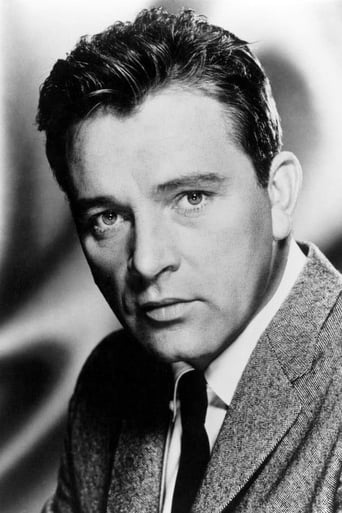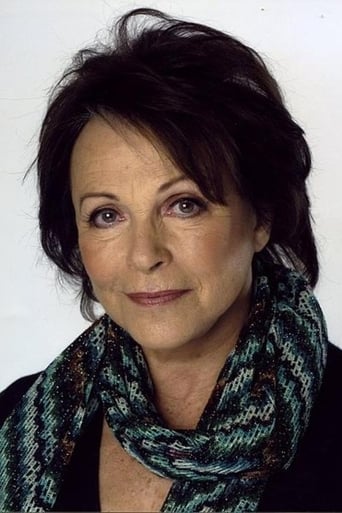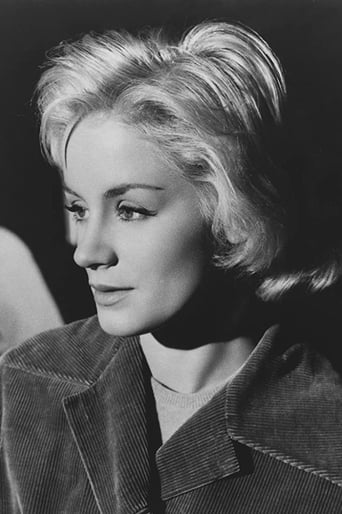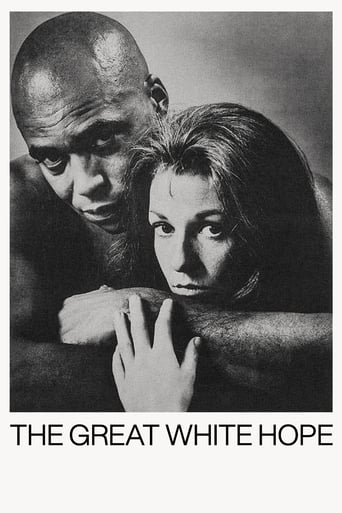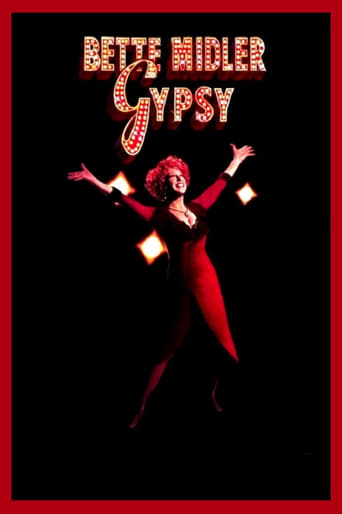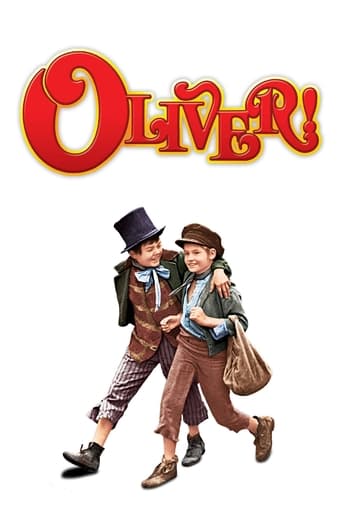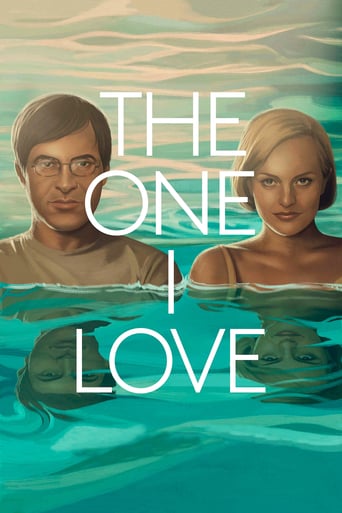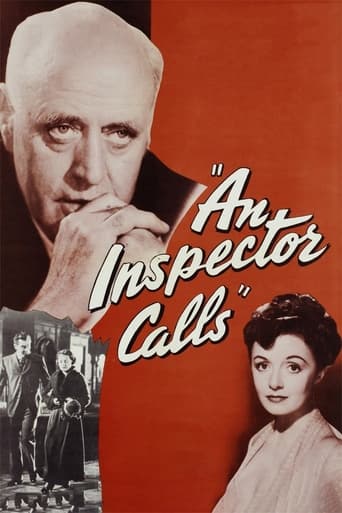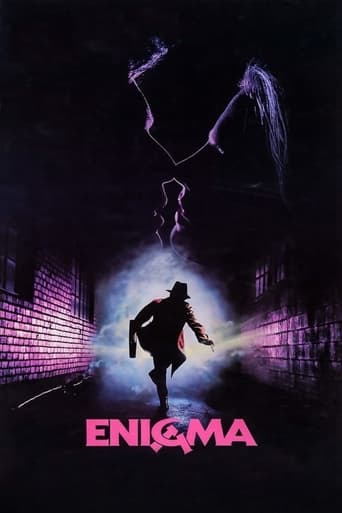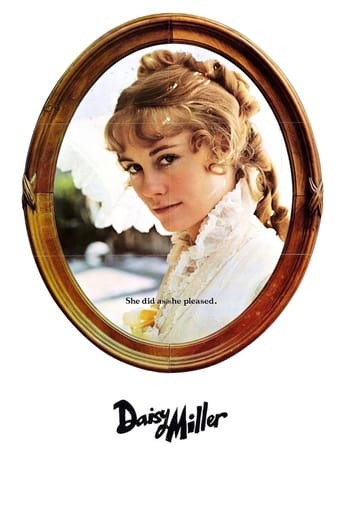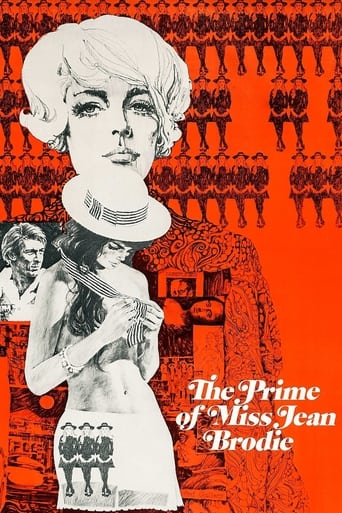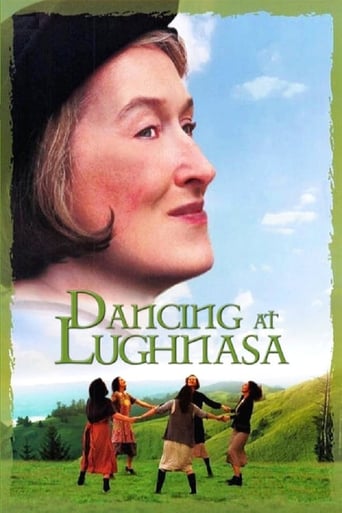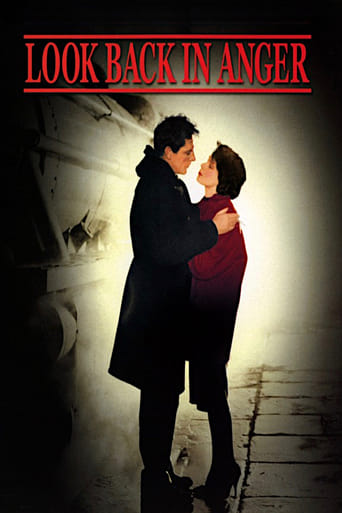
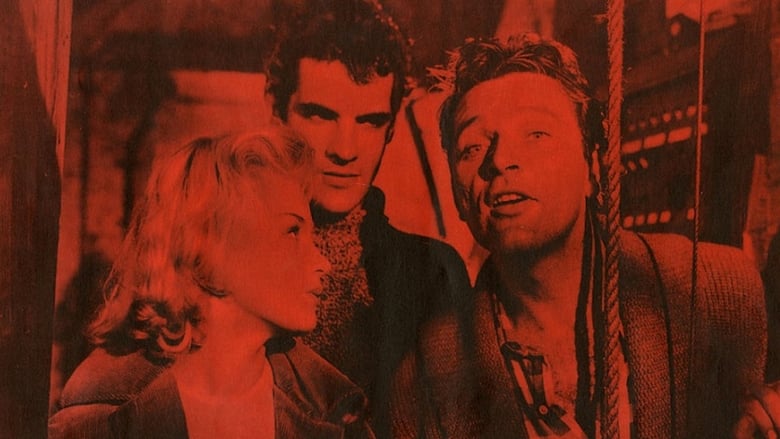
Look Back in Anger (1959)
A disillusioned, angry university graduate comes to terms with his grudge against middle-class life and values.
Watch Trailer
Cast


Similar titles
Reviews
British producer and New Wave theater and film director Tony Richardson's feature film debut which was written by English screenwriter Nigel Kneale (1922-2006) and John Osborne (1929-1994), is an adaptation of English playwright, screenwriter and actor John Osborne's play from 1956 and was shot at Elstree Studios and on various locations in London, England. It tells the story about Jimmy Porter who lives in a rooftop apartment near a church in England with his upper middle-class wife Alison and his friend Cliff who he works with at his sweet store at a market nearby. Jimmy and Alison has lived together and been married for two years, but their relationship is closer to an emotional though at times passionate battlefield than an encouraging and compassionate friendship. When Alison gets pregnant she looks for ways to tell it to Jimmy, but he is too busy trying to pick a fight with her and being angry. Alison is getting tired of their constant lack of communication and bickering, and when her friend Helena Charles, who is doing a play called "The forgotten heart" in the city, comes to live with them for two weeks, Jimmy's fierce anger increases utterly. This British production considered as the first film from the British cultural movement "kitchen sink realism" which was developed within theater, film, television, art and novels during the late 1950s and early 1960s, marked filmmaker Tony Richardson's directorial debut in film and was produced by Canadian film and theater producer Harry Saltzman (1915-1994). With it's bleak and naturalistic milieu depictions, stringent narrative structure and precise and acute directing, this dialog-driven drama from the late 1950s which examines themes such as marriage, family relations, social classes and love, draws an in-depth study of character about an afflicted young man from the working-class in strong opposition to the middle-class who is striving to come to terms with his constant anger while trying to hold on to his serene and reserved wife. The poignant use of light which is emphasized by British cinematographer Oswald Morris' low-keyed black-and-white cinematography, is present in almost every scene in this romantic, atmospheric and well-paced chamber-piece which is based on author John Osborne's autobiographical play about his unhappy marriage. This ardent character drama which contains a jazzy score by English composer Chris Barber is significantly reinforced by the empathic and invariably impassioned acting performances by Welsh actor Richard Burton (1925-1984), English actress Claire Bloom, Scottish actress Mary Ure (1933-1975) and English actor Gary Raymond. An incisively written, involving and moving love triangle which gained nominations for Best Performance by an Actor in a Motion Picture - Drama Richard Burton at the 17th Golden Globe Awards in 1960, Best British Actor Richard Burton, Best British Screenplay Nigel Kneale and Best British Film Tony Richardson (1928-1991) at the 13th BAFTA Awards in 1960.
John O'Hara, one of the finest American writers of the 20th century, said when discussing writing that if you get the small things right you'll get the big things right ... Having opted to 'open out' John Osborne's one-set, four character play, director Tony Richardson, opens in a Jazz club where Jimmy Porter is sitting in on trumpet with Chris Barber's band _ I can't in all honesty use the word 'jazz' and Chris Barber in the same sentence. So far, so good; in the original play Jimmy Porter is heard several times playing a trumpet off-stage and his wife, Alison, mentions to Helena Charles at one stage that Jimmy had once had his own jazz band. Trouble is that Chris Barber played 'trad' or traditional New Orleans-style jazz and when we follow Jimmy to his bed-sit the posters on his wall feature Gerry Mulligan and the Modern Jazz Quarter, both at the opposite end of the spectrum to Barber, indeed the trumpet player with Mulligan's Quarter was super-cool Chet Baker so right away Richardson has undermined Porter's character. He's also slashed the play's opening scene which was brilliant theatre and presented economically all the key points of the play. Against that is Burton's outstanding performance outshone only by that of Edith Evans who is equally effective UNDERplaying in the two scenes she has as Burton is by overplaying. By coincidence the NFT also screened a 1976 television revival of the play (exactly as written) in the same month which allows for comparing and contrasting. Merely by having Burton in it the film comes out on top but writing-wise the play triumphs.
Interestingly, for a film celebrated for its unrelenting realism, 'Look Back in Anger (1958)' is entrenched in theatricality. From the compact cast, the cramped sets, and the verbose dialogue, I guessed (correctly, as it turned out) that Tony Richardson's film was surely adapted from a play. John Osborne's production of "Look Back in Anger" initially premiered in 1956 to considerable success, and the characteristic harshness of his writing, exposing the unpleasant underbelly of working-class life, spawned the phrase "angry young men" to describe Osborne and other British playwrights who explored similar themes. Richardson's film triggered what is often described as a British New Wave, a movement of important (or perhaps self-important) films that explored pressing political issues and, in particular, the social alienation borne from class distinction. Easily the best example I've come across so far is Jack Clayton's 'Room at the Top (1959),' which obviously followed in the footsteps of this picture. The film's strong, intimate cast includes Richard Burton, Claire Bloom (of Chaplin's 'Limelight (1952)'), Mary Ure, Gary Raymond and Donald Pleasence.Over the years, many films have explored the anger and prejudices of disturbed and alienated men. But, even in the most powerful of these such as Scorsese's 'Taxi Driver (1976)' and 'Raging Bull (1980)' the filmmaker distances himself from his characters' prejudices. 'Look Back in Anger' doesn't seem to do this. Whether it's Osborne's dialogue, or Burton's phenomenal execution, everything Jimmy Porter says comes across as a genuinely bitter attack on contemporary society. When Porter questions the worth of his wife, or cruelly disparages her middle-class parents, the attack seems to be coming from the author himself {my research tells me that Osborne's play was strongly autobiographical, based on his failed marriage to Pamela Lane this offers some explanation for the apparent bitterness}. In fact, so venomous is Porter's tongue that wife Alison is afraid to reveal to him that she's pregnant, and, shockingly, he appears not to care, in any case. Only towards maternal-figure Mrs Tanner (Edith Evans) does he show genuine compassion, his hostility is only amplified by her passing.Richard Burton, however tied to the stage is his performance, nonetheless commands the screen in every scene. His anger is so pure and undiluted, made all the more shocking because he otherwise speaks with the eloquence of an educated and civilised man. If its dialogue is undoubtedly tied to the stage, then 'Look Back in Anger' achieves realism through its more cinematic traits. The film was photographed by Oswald Morris a talented cinematographer who also worked with, among others, Stanley Kubrick, John Huston and Carol Reed who exquisitely captures the shadowy decadence of working-class London. There's a grittiness to Porter's squalid surroundings, sometimes he almost seems trapped in a noirish urban backwater. Stylistically, the film closely resembles Lean's 'Brief Encounter (1945)' probably because both have brilliant scenes set on a railway platform, amid the smoke of a idle locomotive. Subsequent "kitchen sink" dramas also owe their visual aesthetic to Morris' work here, just as British cinema owes its brief late-1950s revival to Osborne and Richardson.
First off, Burton's way too old for the part of Jimmy Porter here. Burton was 33 when the film was made, and his features were already beginning to coarsen because of his lifestyle. That said, he gives a blistering performance, capturing the ferocious intelligence and equally ferocious anger writer John Osborne no doubt envisioned.But what a grim tale it is. What a gloomy, dingy, rain-sodden world Jimmy, Alison, Cliff and Helena inhabit. Crammed inside a seedy flat with barely enough room for two chairs and an ironing board, it's no wonder that tempers fray at times in fact it's a wonder that only Jimmy feels any kind of strain. Alison his wife, perfectly played by the ill-fated Mary Ure, has the patience of a saint and it's difficult to see exactly what it is about Jimmy that draws her to him. Osborne certainly provides us with precious little clue. But then perhaps it's just me, because I could see little reason for Jimmy transformed from a seething mass of anger and a brooding sense of injustice into a relatively contented man once he takes up with Helena to return to his wife. Most viewers will be able to identify with his sense of being trapped in a drab life and desperately wanting more but, while his transformation came as something unexpected, the conclusion seemed to make no sense at all. Perhaps it signals a new maturity in Jimmy his essential goodness and sense of right has already been illustrated by his defence of the black stallholder the officious Donald Pleasance attempts to eject from the market but it just seems a strangely inconclusive way of doing so. Jimmy simply comes across as impulsive rather than mature.For all that, the performances here are excellent throughout, and the story does keep you interested even if it does strain credibility in the final act. Probably undeserving of its lofty status, it still provides a good example of the 'kitchen sink' drama with which Britain would become obsessed in the late fifties and early sixties.


